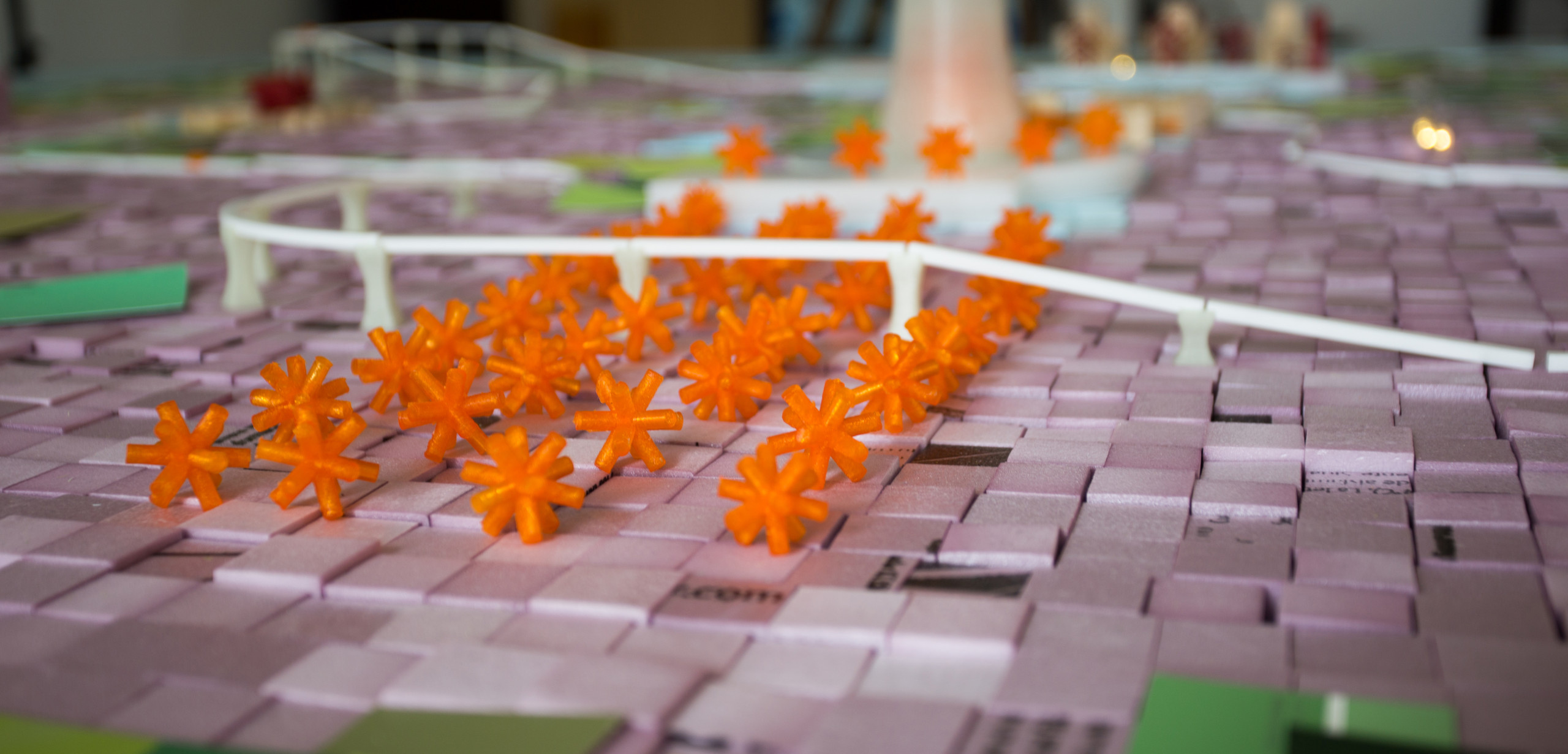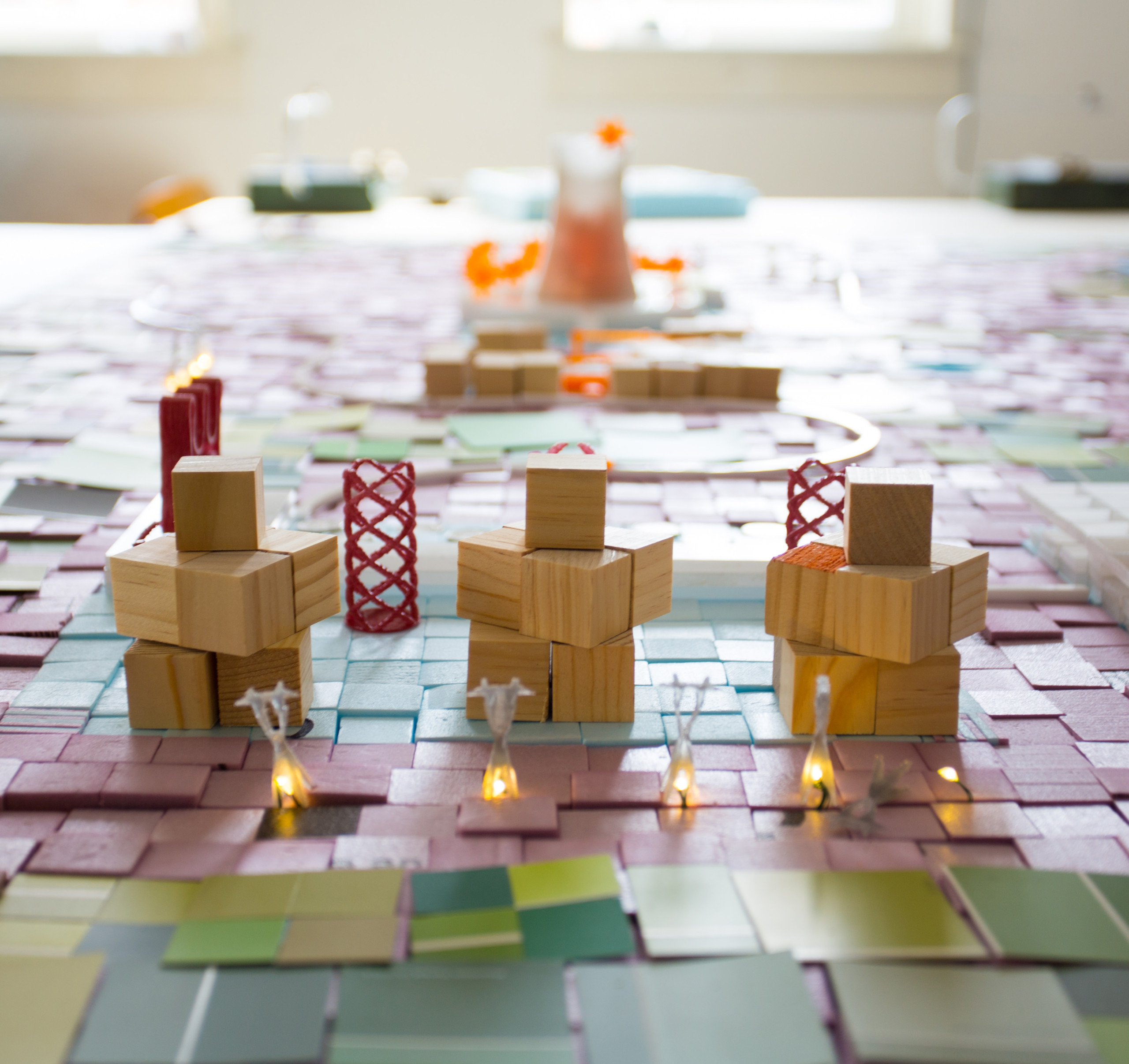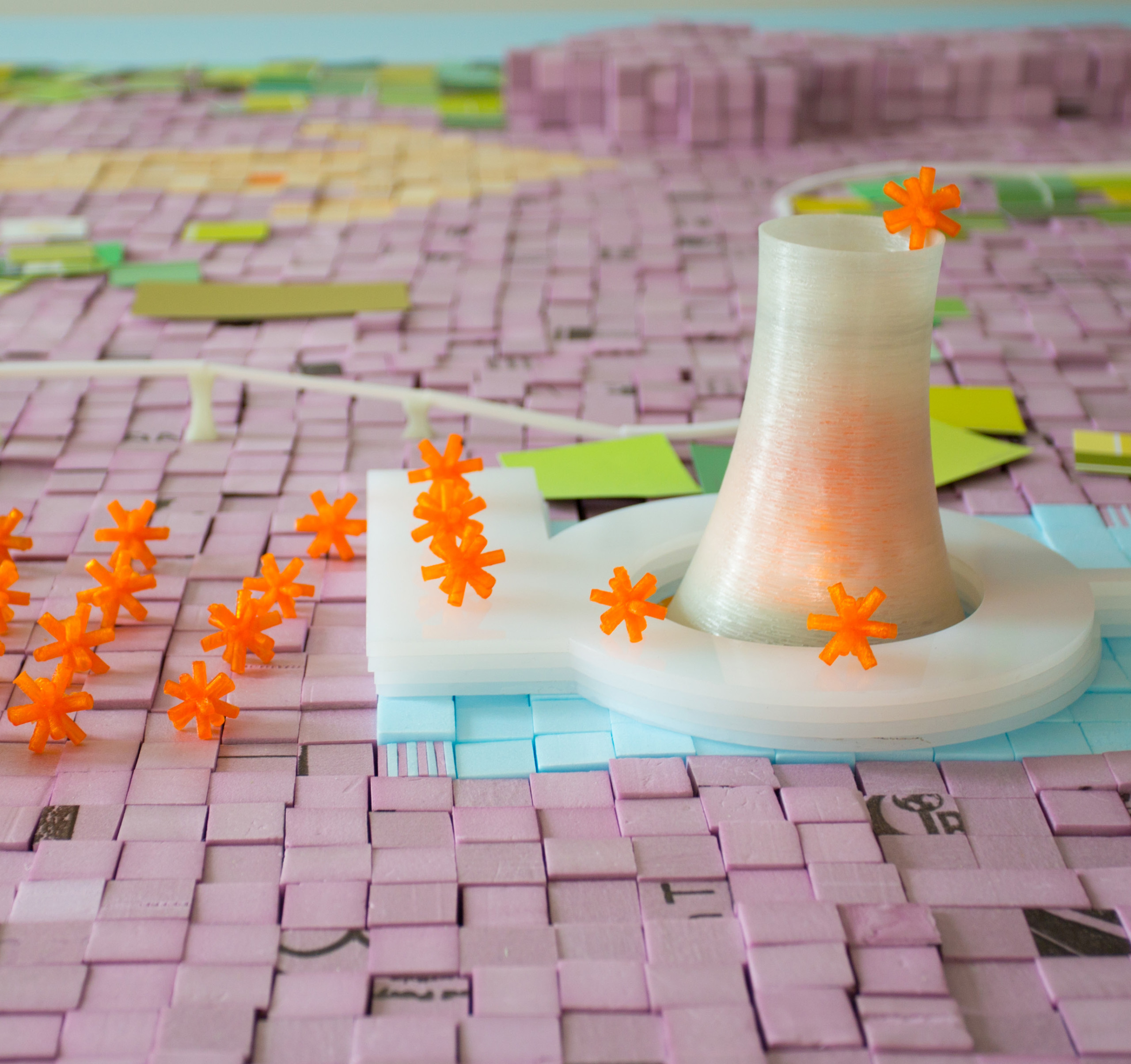Manhattan Project
National Historical Park
FALL 2016: ATOMIC CITIES STUDIO IX
The Manhattan Project National Historical Park, comprised of facilities at Hanford, Washington, Los Alamos, New Mexico, and Oak Ridge, Tennessee, was established in the Fall of 2015. The park is run through a collaboration between the National Park Service and the United States Department of Energy. The Atomic Cities Research Group, citing the research and productivity of the previous several semesters, saw an opportunity to make the case for the Paducah Gaseous Diffusion Plant to be included as part of this important and uniquely distributed National Historical Park.
Objectives: This studio, inspired by the work of previous studios, set out to leverage the intellectual and creative capital the ACRG had built-up to accomplish nothing less than establish the PGDP as part of the Manhattan Project National Historical Park. Citing the “Four E’s” (Economy, Environment, Energy and Education) articulated in the Spring 2011 studio, and the economic uplift that a National Park brings to its region, the studio sought to make the case that inclusion in the park would be a perfect solution to Paducah’s predicament now that the plant had closed.
Outcomes: In consideration of the studio brief, students were struck by the idea that without remediation, the decay of some nuclear waste could take as long as ten millennia before the materials would be entirely safe. They were also particularly influenced by writing from The Long Now Foundation, established by Stewart Brand and Danny Hill in 1996, to encourage new kinds of longer-term thinking. They say to provide an alternative to today’s “faster/cheaper mindset and to promote slower/better thinking.” While students were decidedly in favor of the idea of Paducah’s inclusion into the National Historical Park, they were more motivated by questions introduced in previous studios, in particular, what it is to design at the speed of nature.
To explore this idea, the studio produced a two-minute stop-motion feature entitled Distant-Present. The stop-motion illustrates a span of ten thousand years, from well before the plant was conceived, through many eras of occupation, including a long stint as National Historical Park. The animation, including a musical score composed by the students, incorporates ideas present in every Atomic Cities studio, including long-term strategy from the first studio’s timelines, to the site becoming a regional transportation hub, and center of remediation technology, before ultimately returning to the region’s characteristic rolling meadows.
PROJECT TEAM
INSTRUCTOR / Co-PI:
Associate Prof. Gary Rohrbacher
Co-PI:
Associate Prof. Anne Filson
POST-GRAD RESEARCH ASSISTANTS:
Chris Westfall
Eric Shockey




